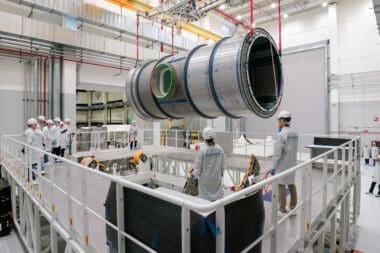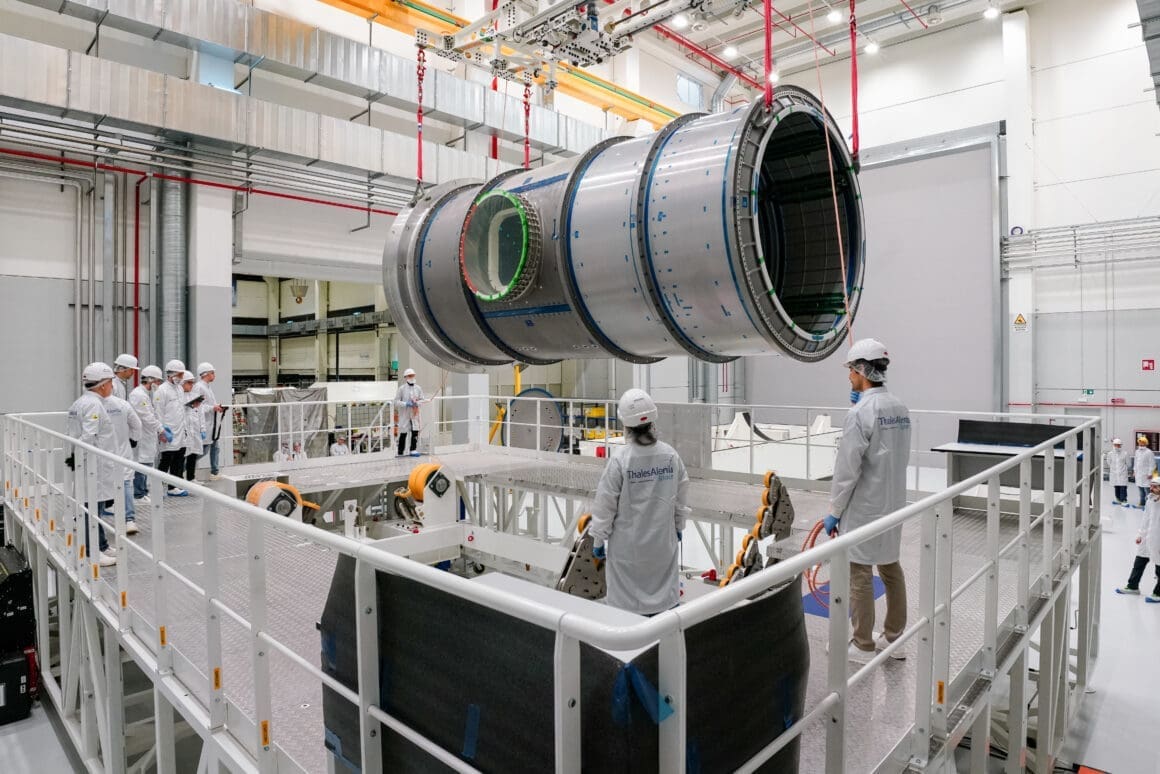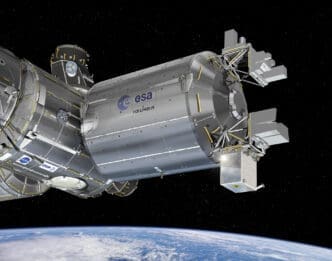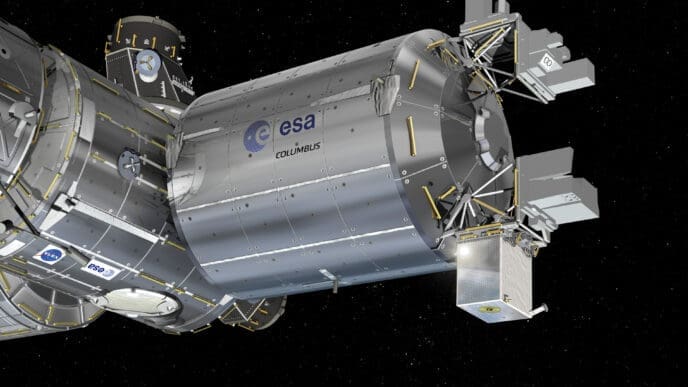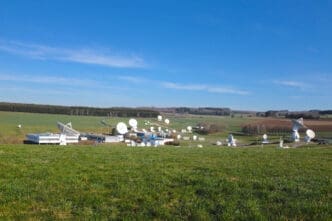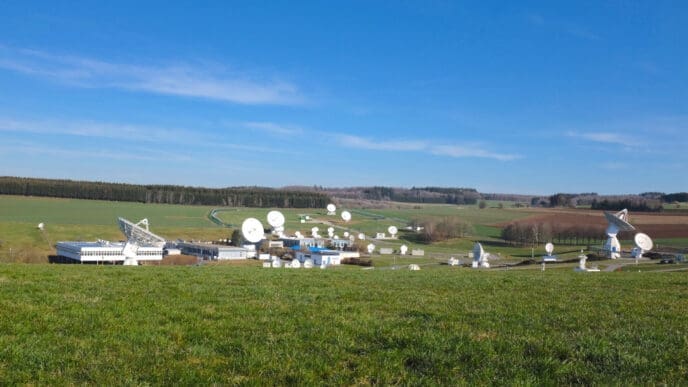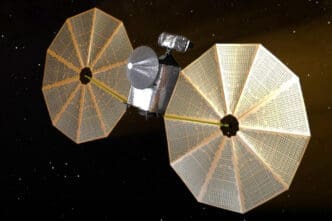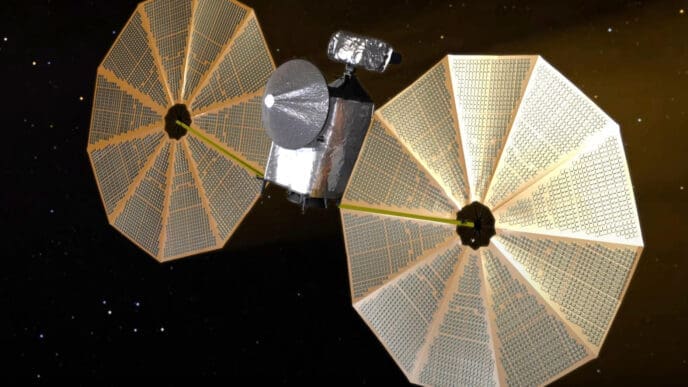The Gateway lunar space station is making strides toward NASA’s upcoming Artemis IV mission. A major component, the HALO module, is preparing for its journey to the United States. This development marks a significant milestone in space exploration, promising exciting advancements for lunar research.
Technicians at Thales Alenia Space in Turin, Italy, have put the HALO module through rigorous environmental tests. These preparations are crucial before its transfer to the U.S. Final installations and checks are in progress, setting the stage for NASA’s next lunar mission.
HALO’s Role in Lunar Exploration
The HALO module, short for Habitation and Logistics Outpost, is a cornerstone of the Gateway lunar space station. It provides critical support for astronauts, offering them a place to live, work, and conduct scientific research in lunar orbit. This module is designed for durability, ensuring it can withstand the harsh conditions of space travel.
Once operational, HALO will facilitate missions to the lunar surface, supporting scientific payloads and other instruments. Its role extends beyond habitation; it aims to advance human presence on the Moon as part of NASA’s broader Artemis campaign.
Thales Alenia Space’s Contribution
Thales Alenia Space in Turin has played a pivotal role in the creation and preparation of HALO. Their technicians conduct extensive environmental stress tests to ensure HALO’s integrity and performance in space.
Following these tests, the module is moved to a cleanroom where final installations are completed. This includes critical procedures like installing valves, checking for leaks, and integrating secondary structures.
Final Preparations in the Cleanroom
The cleanroom stage is essential for HALO’s readiness. Technicians carefully handle the module to avoid contamination, ensuring it meets all NASA’s strict standards before it leaves Italy.
During this phase, HALO undergoes meticulous inspections. These include testing its systems to guarantee they operate seamlessly once in space. Every detail is scrutinized to prevent any in-flight anomalies.
The module also gets equipped with systems for communication and docking, expanding its utility. These additions will allow HALO to interact with various spacecraft and lunar landers, enhancing its mission capabilities.
Preparing for the Journey to the U.S.
Transporting HALO to the United States is a complex task requiring precision and care. The module must be securely packaged to withstand the journey, avoiding any damage.
After ensuring all systems are go, HALO is shipped to Northrop Grumman in Gilbert, Arizona. Here, it will undergo further outfitting and preparation for its eventual launch.
This transfer is a significant step forward, bringing NASA closer to achieving its goals for lunar exploration under the Artemis program.
Supporting International Collaboration
Gateway is not just a NASA initiative but a collaborative effort involving international partners like the European Space Agency. ESA contributes with technology like the Lunar Link communications system, enriching Gateway’s capabilities.
This cooperation is a testament to what can be achieved when countries unite for a common cause. It enhances scientific discovery and strengthens bonds across the globe.
Integrating Advanced Technology
The technological suite aboard HALO includes a space weather instrument suite and docking facilities. These are crucial for both the safety and operational success of the lunar missions.
Equipped with innovative systems, HALO is diagrammed to support a global team of scientists as they work in and around lunar orbit. Technologies developed here may shape the future of deep space exploration.
The Path to Mars: A Long-Term Vision
Gateway and its components like HALO are stepping stones toward Mars. NASA aims to refine its techniques and technology on the Moon before attempting to send humans to Mars.
This vision involves using the Moon as a proving ground, testing systems that will be crucial for sustaining life on the Red Planet.
The lessons learned from Gateway and Artemis missions will direct the future of human space travel, making Mars a tangible goal.
The Logistics of HALO’s Outfitting
As HALO transitions from Europe to the U.S., every stage is carefully planned and executed. It involves a series of logistical feats, ensuring all components meet NASA’s high expectations.
Future Prospects of Lunar Research
HALO’s deployment marks a significant advancement in lunar research. It opens new possibilities for conducting experiments and harvesting data that could reshape our understanding of the Moon.
Research conducted on Gateway could provide insights into lunar geology and space weather phenomena.
This could pave the way for more permanent human activities on the lunar surface, expanding scientific frontiers.
The HALO module’s journey to the U.S. signals a leap forward in NASA’s Artemis program. This endeavor is a key step toward sustainable lunar exploration.
As HALO prepares for its role in space, the potential for groundbreaking research and technological development grows, shaping the future of exploration.

